Beginner Hybridizing Help?
krystalfoxfire
12 years ago
Related Stories

WORKING WITH PROSA Beginner’s Guide to Managing a Remodel
How do you make your design dream a reality? Here’s some project management know-how to help you work with your designer
Full Story
DECORATING GUIDESA Beginner’s Guide to Getting Wallpaper Right
Follow these experts’ wallcovering ideas and tips to help ensure a successful outcome
Full Story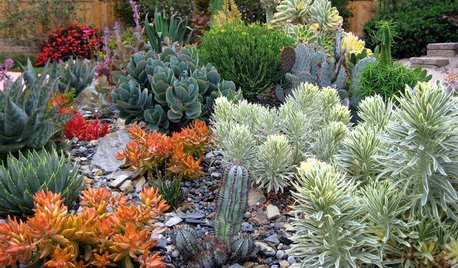
GARDENING GUIDESA Beginner’s Guide to Growing Succulents
Their easy-care reputation is well-deserved, but a little TLC will turn succulents into star plants
Full Story
LIGHTINGA Beginner’s Guide to Lighting in Layers
Discover the secrets of combining light sources to create richer-looking and more flexible living spaces
Full Story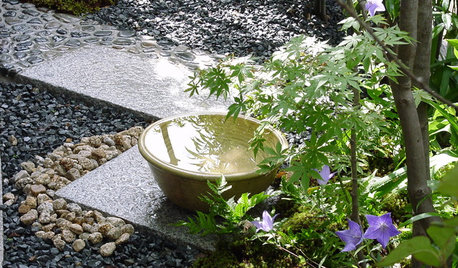
WORLD OF DESIGNA Beginner’s Guide to the Japanese Tea Garden
A small roji, or teahouse garden, offers a respite from everyday life. Why not make one part of your home garden?
Full Story
ARTCollect With Confidence: An Art-Buying Guide for Beginners
Don't let a lack of knowledge or limited funds keep you from the joy of owning art. This guide will put you on the collector's path
Full Story
GARDENING GUIDES10 Tips to Start a Garden — Can-Do Ideas for Beginners
Green up your landscape even if you're short on time, money and knowledge, with these manageable steps for first-time gardeners
Full Story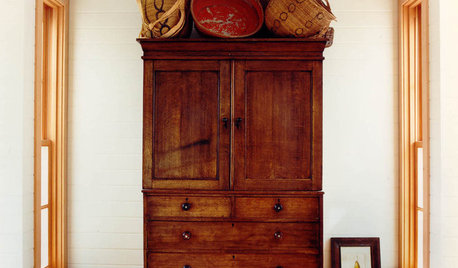
DECORATING GUIDESA Beginner's Mini Guide to Buying Antiques
Experience the thrill of the hunt without ignorance ruining the spoils, with this guide to antiquing for novice buyers
Full Story
REMODELING GUIDESRammed Earth: Old Meets New in Hybrid Material
An ancient technique lends itself to more sustainable contemporary home designs
Full Story
EDIBLE GARDENSGrow Plum Hybrids for Your Favorite Fruit Flavors
Plums are cozying up with apricots, peaches and even cherries — here’s how to grow these hybrids for the best aspects of each
Full Story





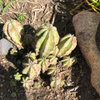

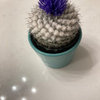
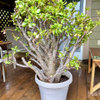
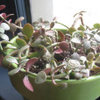
andrewofthelemon
hanzrobo
Related Professionals
Chattanooga Landscape Architects & Landscape Designers · Brookside Landscape Contractors · Gurnee Landscape Contractors · Harvey Landscape Contractors · Long Branch Landscape Contractors · Seminole Landscape Contractors · Irving General Contractors · Jericho General Contractors · Merrimack General Contractors · Riverdale General Contractors · Deerfield Beach Carpenters · Piedmont Carpenters · American Fork Decks, Patios & Outdoor Enclosures · Portage Decks, Patios & Outdoor Enclosures · Woodland Hills Decks, Patios & Outdoor Enclosureshanzrobo
krystalfoxfireOriginal Author
cactusmcharris, interior BC Z4/5
krystalfoxfireOriginal Author
hanzrobo